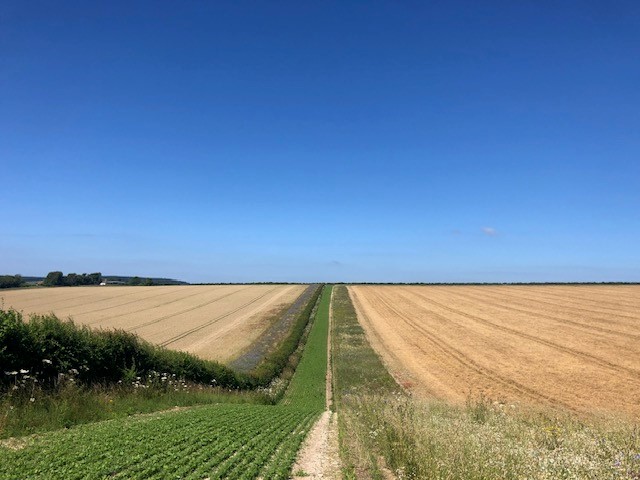Using data to boost profits on farms and estates
Numbers are power. Various members of our Rural Consultancy team explain how accessing and using the right data can create more sustainable and profitable, whatever the nature of your rural business
3 minutes to read
Farm enterprises – Simon Britton, Head of Agri-Business Consultancy
Today’s farmers are increasingly becoming data managers because they have so many sources of information available to them. Whether from soil analysis, machinery GPS streams, financial performance, livestock performance, geospatial insight or natural capital data.
Using these numbers carefully to build up a picture of an enterprise’s strengths and weaknesses to help make informed decisions about its future direction is more important than ever.
Boosting performance can often be about multiple marginal gains, rather than making one or two big changes. For one client’s business, we made lots of small changes that decreased inputs by 1% and increased outputs by 1%. The numbers don’t sound big, but combined they boosted profit by 9%.
Estate management – Alistair Fell & Elin Jones
Increasingly, estates are starting to move away from third-party book-keeping and spreadsheets and beginning to use cloud-based accountancy packages to keep track of their finances. Our Rural Client Finance team are also helping more of our clients to add cashflow forecasting tools to their arsenal of estate-management software. This lives in the cloud and the software works together to create a seamless experience.
We’re utilising this data to enhance estate strategy and give back more control to farming and estate businesses. Access to the rich financial data generated by these tools means estate managers can make informed strategic decisions with immediacy; without the need for creating complex spreadsheets. With our cloud-based software platforms, we can model any number of business planning scenarios in just a few seconds, whether that is an impact on sales due to weather or unforeseen delays, to larger-scale diversification projects.

From left to right, Ali Fell, Elin Jones and Patrick Dillon. Our national teams work closely together to deliver innovative strategies for their clients.
The ultimate data-driven wins are realized when the financial figures are combined with data generated by our geospatial teams to power financial forecasting models.
We are already using a detailed geospatial analysis of local rental markets, broken down by housing type, to help clients with large portfolios of let homes model and refine their own rental strategy and approach to take a 21st century view of operating a let property business.
Nature-based solutions – Mark Topliff, Natural Capital & Grants Consultant
Creating new revenue streams by tapping into nascent natural capital markets could be key for those farmers looking to smooth the transition from the traditional pre-Brexit support system of area-based payments to the new world of environmentally focused schemes.
However, making the most of these new revenue streams will require real focus on data. There is a huge variety in the different types of schemes currently available and the level of payments they can deliver also varies significantly.

An environmental stewardship scheme on the Peppering Estate has opened up new revenue streams.
The increasingly popular soil carbon market is a great example. A basic scheme can generate say £50/hectare each year, but if you provide a greater level of data that tracks the changing level of organic matter in your soils you could be able to access premium schemes paying over £100/hectare.
To understand more about our Rural Consultancy and Agri-Business Consultancy teams, click here.
To find out more about how we help our clients deliver nature-based solutions, download or request a printed copy of the latest edition of The Rural Report below.
Access full report